Last updated on September 6th, 2024 at 08:56 am
Mute mapping is a variant of affinity mapping where no one speaks! Does that not sound interesting? This really helps when you have a team suffering from conflict or morale issues. It’s a great way pull in and understand all the underlying tensions, issues, bottled feelings that are plaguing your team.
I once joined a team as a ScrumMaster / Project Manager and the day I joined I realized that there was way too much drama and too many unsaid issues. I would have normally observed the team for months or two at the very least before trying to solve the issues. But I need to act fast as we had to start delivering soon as the organization was in a time crunch. I concluded that I needed to get to the bottom of this and I wanted to give the team a platform to express their thoughts and openly share their views and underlying tension.
So this is what you do when you want to start a Mute Mapping exercise. You schedule a 2-hour block of time. Get everyone who can affect your team in one room. You need plenty of space for this. Its a choice to have or not to have the management or the executive team involved depending on you take on whether they are ready to hear and are receptive of the feedback and if the team trusts the management. But more often low morale stems from trust issues. Personally, I feel it’s good not to have management involved. It’s better to take your findings to them rather than have them participate.
Once you have identified the space, the time and the people. Buy loads of post-its and a box of pens. I normally do this as you don’t want people to identify who is writing what. The purpose is for people to write things they are feeling in an anonymous yet SAFE environment.
Once the team arrives for the meeting hand out the post-it note and pens. Let the team know what mute mapping is all about. Here is what I would say.
” You know .. I like to wake up every day and feel excited about coming to work! I am sure we would all love to feel like that. There are some unsaid tensions, issues that need to be addressed and this is the forum to do that. What you are going to do is take the next 15 – 20 minutes and write down as many post-its as you would like about anything, – the good, the bad, the ugly! Write about the things you care about, this that make you feel excited, things that don’t, and everything in between, literally anything! The only rule here for this entire session is that no one talks! no discussions! we are all going to act mute.”
- Once we are done writing we all come up to this wall and stick our stickies.
- We as a group then read all the stickies for 10 – 15 minutes (however long it takes.) You will notice people stop walking around.
- After that, the team all the while mute will start pulling stickies off the wall and start trying to group them together.
- The team and the person conducting the mute mapping exercise will slowly start to see groups of stickies eventually emerge.
If two people disagree about where to place a card, they will have to work out a compromise without talking! Is that not fun … 😀
This exercise should take about 30 minutes, depending on the size of the team. As before, when activity dies down, check the time and either wait for more ideas or move on.
Once mute mapping is complete, there should be clear groups of cards on the whiteboard. Ask everyone to sit down, then take a marker and draw a circle around each group. Don’t try to identify the groups yet; just draw the circles. If you have a couple of outlier cards, draw circles around those, too. Each circle represents a category. You can have as many as you need.
Once you have circled the categories, read a sampling of cards from each circle and ask the team to name the category. Don’t try to come up with a perfect name, and don’t move cards between categories. (There’s always next time.) Help the group move quickly through this step. The names aren’t that important and trying for perfection can easily drag this step out.
Finally, after you have circled and named all the categories, vote on which categories to improve during the next iteration.
I like to hand out little dots stickers or star stickers to represent votes. Give each person five to seven stickers that count as votes. Participants can put all their votes on one category if they wish, or spread their votes amongst several categories.
Once you you have the votes, thank the team. the next item is for the person conducting the exercise. It’s his / her responsibility to put this all in a document. Documenting the entire mute mapping exercise by calling out the groups, EVERY note written on the stickies, add the votes. The idea is to thoroughly document the entire mute mapping meeting. Then its up to you to understand and analyze the underlying problem areas and start trying to solving them.
The entire experience gives the team a sense that someone is listening and hearing something that is bothering each individual. It also helps when you have people are not very vocal in a team or when you have one very strong personality on a team who talks over everyone else.
I hope you enjoyed this post!
Recommended reading: Agile Excellence for Product Managers by Greg Cohen

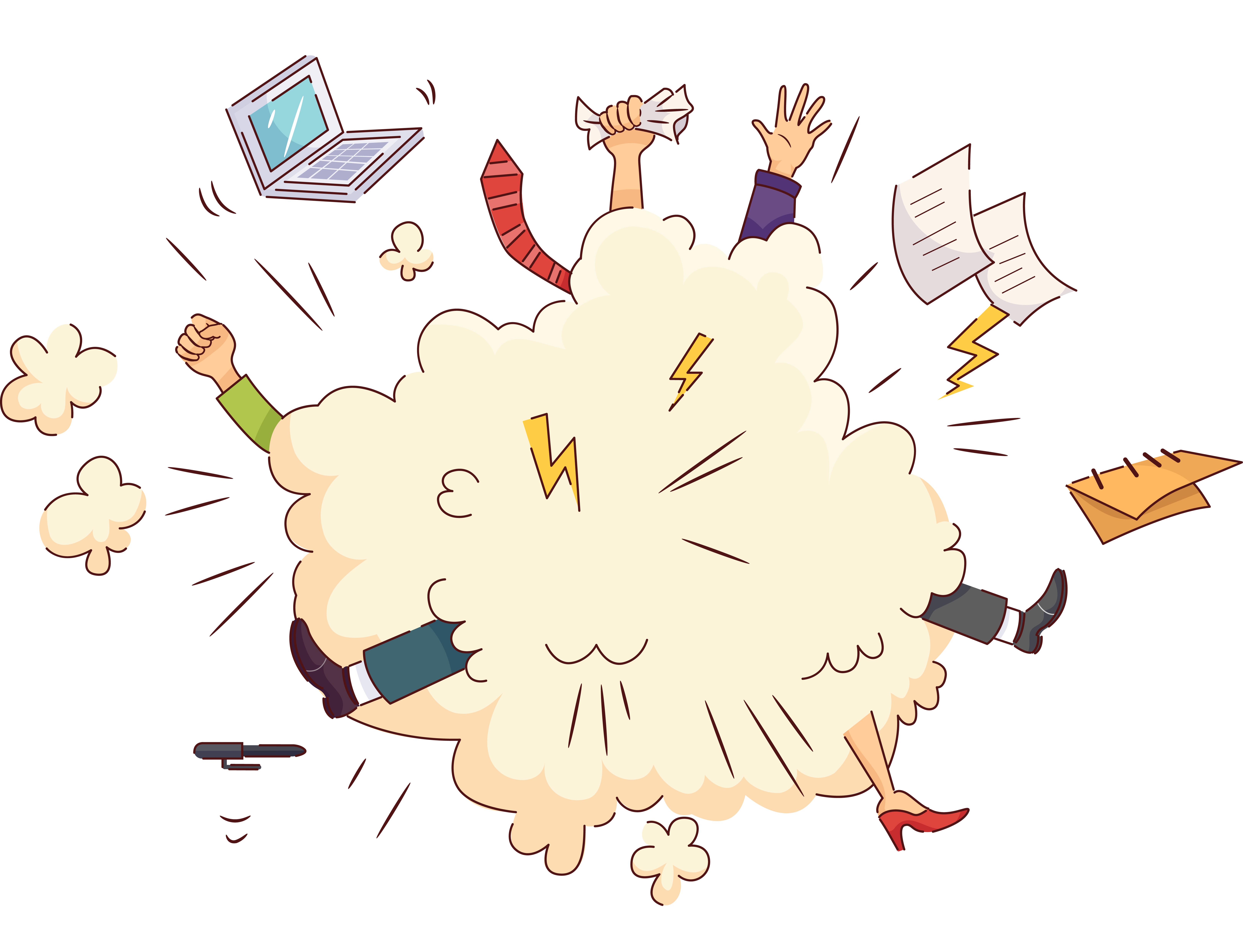
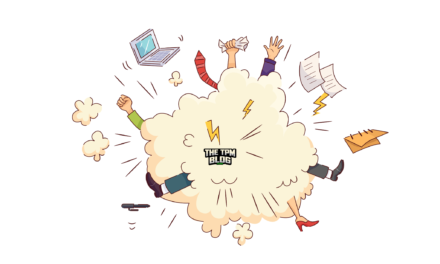
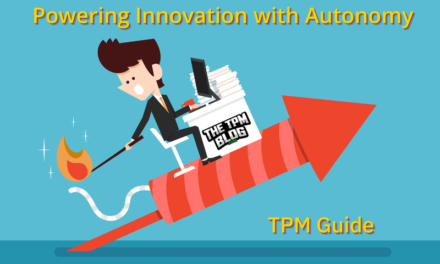






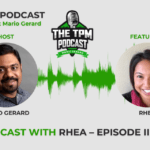



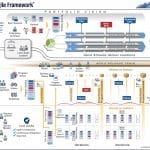



– In response to the Anonymous comment below. Yes, retrospectives are great and are essential to run and effective agile team. This is more when you think the team has more of a systematic issue or you feel there are underlying tensions. Supposing there is a dependent team that your team needs support from or if there is a non-conducive work environment. Thanks for the comment !
Nice article, I liked the process of conflict resolution. Something worth trying. We do something similar but its more retrospective in nature in finding out the root cause, once problem area is identified, followed by action items. That way team feels they are not only heard but some concrete steps would be taken in future for improvement too.
Thanks John ! I have seen this work well several times. Its a good way to take the pulse of the team.
Excellent Article! I’ve seen and used a similar process (which allowed talking), but this is different and could provide better results.